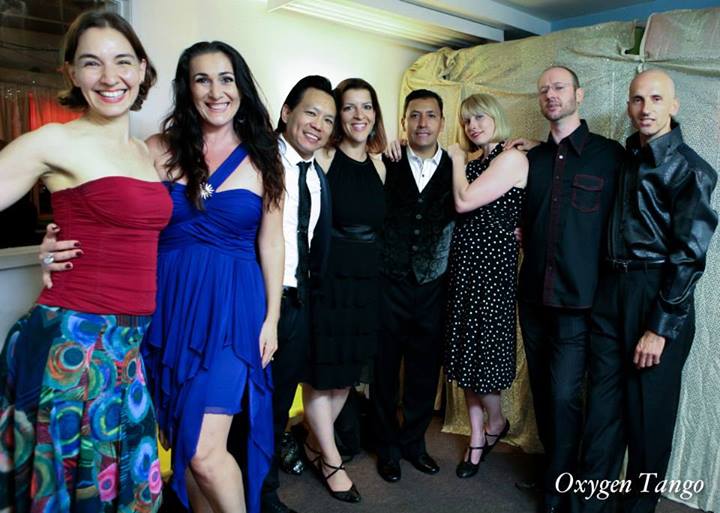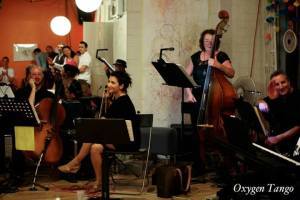Mitra's Positive Tango Affirmations #1
I wonder how many new people I will get to know better by dancing with them this weekend?
When will I truly begin to realize how much beauty and value I contribute to this community?
How many more of my fears and anxieties about myself will I let go of the next time I dance?
When will I learn that my Tango is already as good as it needs to be?
When will I release myself from the idea that I need to be a better dancer than I am?
When will I fully realize that I am unconsciously growing as a dancer every day?
When will I know that even time away from Tango helps me in my growth?
How many things will I surprise myself by following seamlessly tonight?
How many things will I surprise myself and my partner by inventing when I lead tonight?
How many different ways are there to connect with another person?
How many of those am I actively exploring?
How many will I explore in the course of my study/apprenticeship of this dance?
How graceful will I become as a dancer of the Tango?
How many partners will I delight with my dancing?
How deeply will I be able to connect with another unique individual through Tango?
When will the songs I do not yet fully understand begin to resonate with me?
When will I find the confidence to really lose myself in someone’s embrace?
Where will the Tango take me?
How many new places will I discover through Tango?
How many new friends will I make through Tango?
When will I begin to become conscious of all the ways Tango enriches my life?
How many ways will I find to encourgage, nurture, and help others navigate the Tango?
How much of what I discover in Tango enriches and uplifts my life outside of Tango?
I wonder where the Tango is destined to lead me?
How many of my old neuroses will my study of the Tango heal?
How relaxed and alert will I learn to become in the process of my ongoing study of the Tango?
How many ways will Tango enrich my romantic relationships?
How many ways will my study of the Tango enrich my friendships and family relationships?
When will I discover what is means for ME to express myself in partnership with someone else?
When will I really understand that expressing myself is not the most important thing that there is?
How many old habits will I break through my study of Tango? How many new ways will I find to be in the world?
How many new patterns will become available to me?
How will the Tango connect me more deeply and intimately with my inner source of playfulness?
How will it feel to discover a deeper and more intimate connection with my inner source of playfulness?
And how will Tango connect me more fastly to my inner yearning for discipline? How will that feel?









